Ray S20

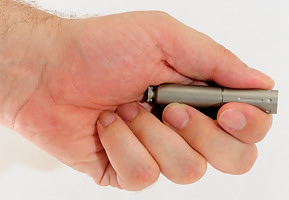
Ray is a new name in flashlights, their first light was D1 a medium sized light with lots of settings. This time they have made a small keychain light in stainless steel with a sandblasted finish and the light only has one brightness setting. The single level makes for a very simple user interface, tighten the head for on, and loose it a bit for off.
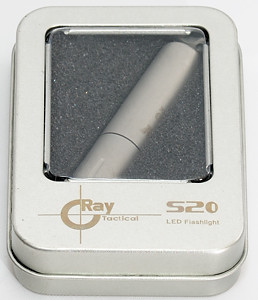
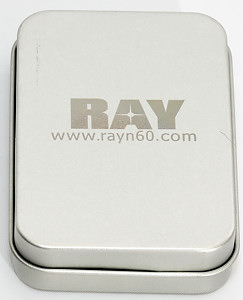
The light arrives in a small metal box with a plastic window, a very nice box if the light is used as a gift.
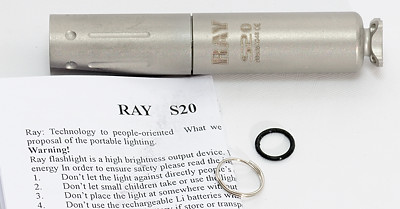
The contents of the box is the light, a split ring for mounting the light with you keys, a spare o-ring and a one page manual with warnings, warranty and specifications.
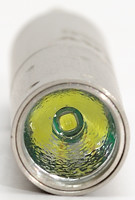
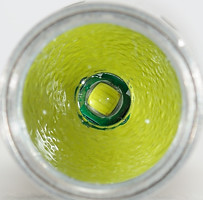
From the front the OP (Orange peel) reflector and the XP-G led can be seen. The reflector is rather deep.
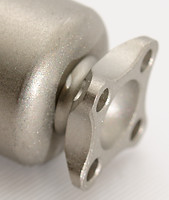
The light mostly has a smooth surface, but with a little bit of functional decoration on the front part. For me the light is easy to turn on/off with the hand holding the light, the groves on the head prevents my fingers slipping.
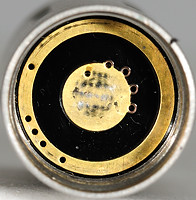
The back of the head look like most small flashlights with a circuit board for where the battery plus connects to the center and the battery minus to the ring to turn on the light.
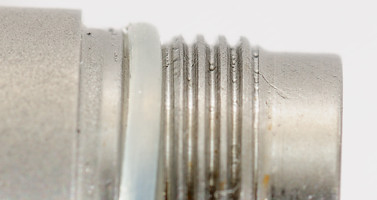
The body/tail has some very smooth threads and an o-ring to keep the light waterproof.
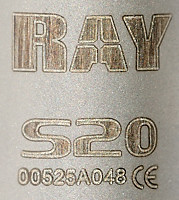
The light has a good looking (IMHO) sandblast finish with this marking on.

The tail of the light has a special design with holes for a split ring. Without a split ring the light can tailstand.
I really likes the look of this light and the stainless steel construction. The single mode makes it easy to use, but also limits its usability because of the short runtime. It is very good for finding a dropped key and lots of other tasks that only need a few minutes light, but not when the power goes out and light is needed for a few hours or for reading a book when camping.
Technical specification and measurements
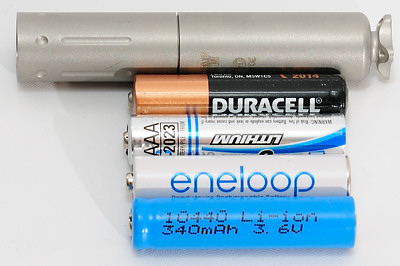
The driver is designed to work on AAA batteries of any kind, i.e. alkaline, NiMH, lithium and LiIon. In practical use the best batteries is NiMH or protected LiIon for people that want the brightest light.
Measured size and weight:
Length: 75.8 mm
Diameter: 14 mm
Weight: 37.5 gram with LiIon, 40.3 gram with eneloop.
The light uses a Cree XP-G R5 led.
The light has a single mode and can run for around 35 minutes with NiMH (eneloop) or LiIon.
The specification says 86 lumen with AAA and 210 lumen with LiIon battery. The LiIon brightness might be correct with a fresh LiIon, but will drop to a lower level fast (See runtime curve).
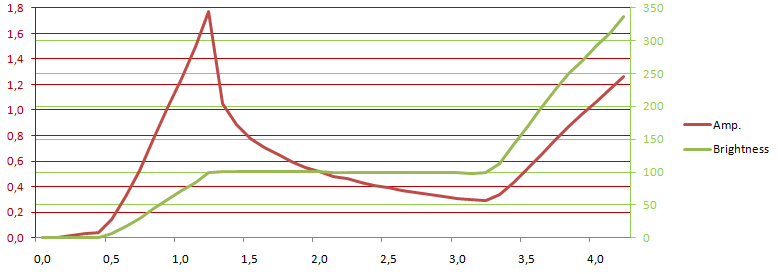
Doing a voltage scan shows how much current the light uses and also reveals that it is one of the few AAA lights with stabilized output. When using LiIon the light will go into direct drive. On NiMH, alkaline and lithium the lights uses around 1 watt, on LiIon it is closer to 2.5 watt, but will depend on the battery voltage.

The high brightness has a price and that is a short runtime. The short runtime for alkaline is no surprise, this kind of batteries are not designed for high power applications.
Note: This test was done with an unprotected LiIon that was discharged to much!
This light has no flashing modes or pwm to show curves of.
Comparison to other Flashlights
Ray S20 NiMH, Ray S20 LiIon, Titanium Illuminati Ti
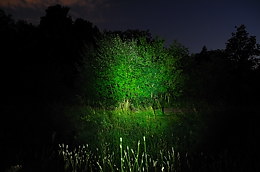
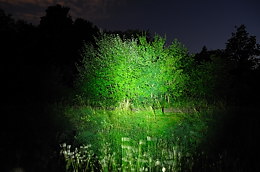
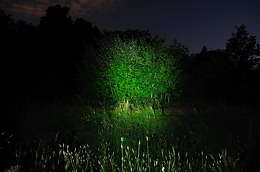
4Sevens Preon I, Fenix LD01, EagleTac PN20A
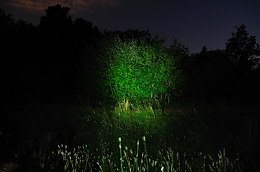
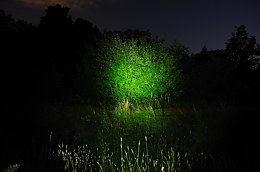
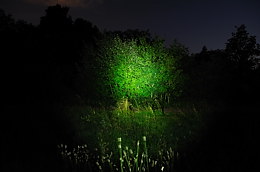
For the full comparison to other lights and beamshots see here.
Notes
The light was supplied by Ray for a review.




















